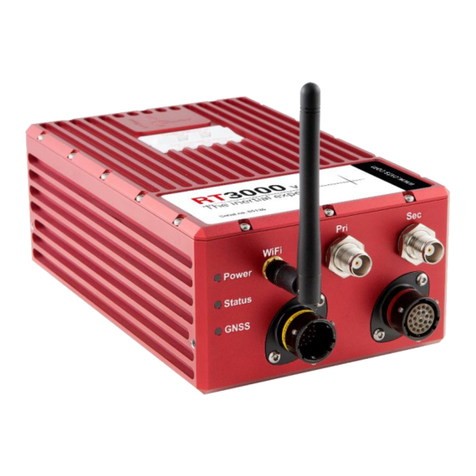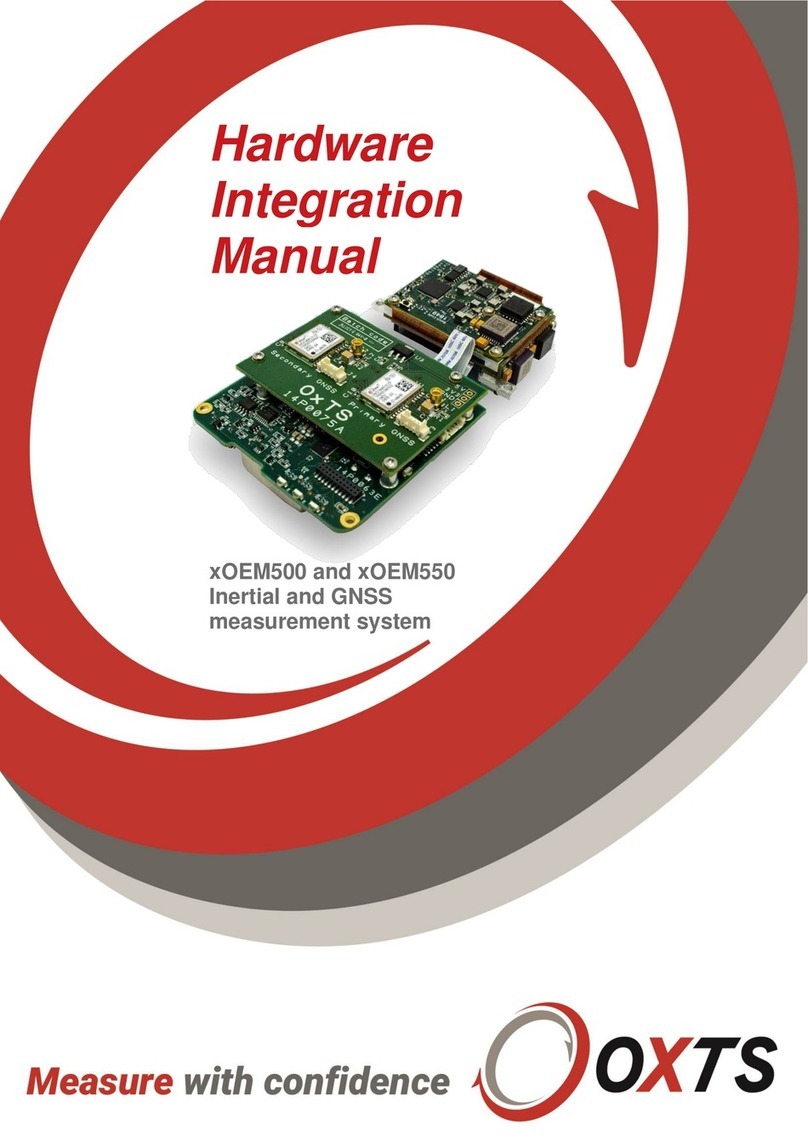Contents
Legal notices .......................................................................................................................................2
Copyright notice...................................................................................................................................2
Revision...............................................................................................................................................2
Contact details.....................................................................................................................................2
Warranty and liability ...........................................................................................................................3
Introduction..............................................................................................................................................6
Related documents..............................................................................................................................6
Scope of delivery.................................................................................................................................6
Conformance notices ..............................................................................................................................8
Regulator testing standards.................................................................................................................8
Hardware description ..............................................................................................................................9
Overview..............................................................................................................................................9
Dimensions........................................................................................................................................10
LED definitions ..................................................................................................................................11
Coordinate frame...............................................................................................................................12
Design-in...............................................................................................................................................14
Main connector..................................................................................................................................14
PPS................................................................................................................................................14
User cable..........................................................................................................................................15
Ethernet configuration .......................................................................................................................16
Mounting............................................................................................................................................17
Orientation and alignment..............................................................................................................17
Antennas............................................................................................................................................18
Antenna placement and orientation...............................................................................................18
Internal storage..................................................................................................................................19
Electrical specifications.........................................................................................................................20
Specifications........................................................................................................................................21
Notes on specifications......................................................................................................................22
Export control classification number..................................................................................................22
Appendix A –Drawings.........................................................................................................................23
Revision history.....................................................................................................................................25
List of figures
Figure 1: AV200 front view......................................................................................................................9
Figure 2: AV200 top view......................................................................................................................10
Figure 3: AV200 dimensions and measurement origin point (mm).......................................................11
Figure 4: AV200 coordinate frame axes ...............................................................................................13

































